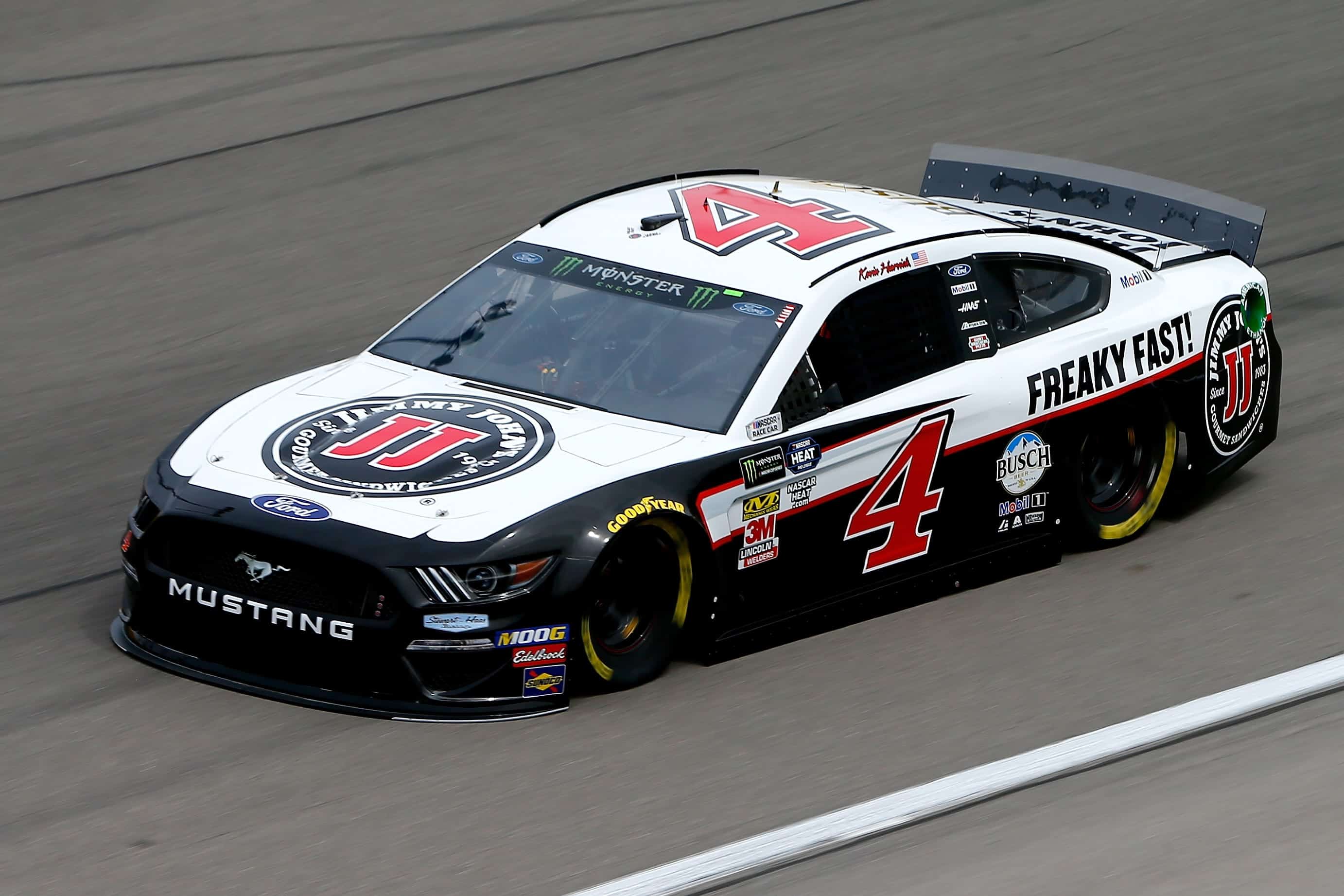
During a race the Lucky Dog Rule (sometimes called "free pass") allows a car gain back a lap if a caution is displayed. This is a small, but important rule that has been used to help drivers win races, at least in the eyes of some fans. Some drivers, however, have misused the rule for wrong reasons.
NASCAR implemented a rule that allowed the first car in a race to return to the front lap after a caution was given. This rule has met with some criticism from drivers and fans. Some critics say it's a loophole that allows lapped vehicles to get back on the lead. The rule is still in effect today.
This rule is typically applied when a car is more than one lap behind its leader lap at race start. A lapped car will receive an additional 50-60 points at the conclusion of the race. This does not apply if drivers have been given penalty laps for speeding or driving under the effects.

Formula One used a similar rule. They also allowed lapped cars back to the front after a caution. Before NASCAR's free pass rule was introduced, drivers had to agree not to pass cars with a yellow flag. Drivers also agreed to slow down in order to not impede faster cars.
When the first car to get back to the lead lap is the one that causes the caution, the car is awarded the Lucky Dog (or Free Pass) rule. The car is then given a wave to the tail of their lead lap car. This is the best prize.
If the driver can complete all laps, they may be granted a multiple-time free pass. To be eligible for this prize, the driver must be among the top 15 at the time the caution was displayed. A driver may receive a pass for free if the car they are following is one lap slower than the leader, or one lap faster than the leader when cautions are displayed.
The beneficiary rule is yet another rule. Although it isn't as common as free pass rules, this rule is nonetheless in place. It was put into effect on October 30, 2004. It was established to reward the best-running car in a race. But, it can also be used to help a slower car make more laps if it is in the top 15 or 30 at the time.

It's a rule that has received mixed reviews, but the Lucky Dog rule has helped drivers win races, and it should continue to be implemented. Drivers should be careful not to abuse the rule for any unrelated purposes.
Like the Free Pass Rule and the Lucky Dog Rule, it is not applicable for certain pit road violations. It does not apply to drivers who are two laps or more behind the leader.
FAQ
Can I watch a racecar driver race?
Yes. There are many options to view a racecar driver.
You can purchase tickets to see the races. It is also possible to watch the race online.
You could also follow the race live on radio or TV.
What is the number of different types and styles of car racing?
There are two main types in car racing: open and closed-wheel. IndyCar (NASCAR), Champ Car, Formula One and other open-wheel races are some examples. Closed wheel racing includes Formula 3000, DTM, GP2, et al.
Which car racing draws the most spectators
The Indianapolis 500 Mile Race attracts the largest crowds in North America. Each year, over 400,000 people tune in.
It will be held at Indianapolis Motor Speedway between May 30th & 31st.
Which is the most loved type of car racing?
Formula 1 Grand Prix is the most prestigious motorsport event in the world. It was established in 1950, and now forms part of the FIA World Championship for Drivers and Constructors as well as Teams.
What's the length of a race?
Different races have different lengths.
There are endurance races that go on for several days.
Other races, such as sprints, are shorter.
Statistics
- According to Toyota, the 390-hp-plus 2019 Yaris WRC runs out of gearing after 124 mph, 19 mph less than the crazy Yaris GR that's currently sitting on dealer lots outside of the U.S. BONUS: (motortrend.com)
- In 2013 Ferrari had an estimated team budget of $470 million, while elite IndyCar teams have an estimated annual budget of $15 million, according to FormulaMoney. (businessinsider.com)
- According to FormulaMoney, the design, development, and construction of chassis and engines can cost teams as much as $255 million annually. (businessinsider.com)
- According to AutoSport, IndyCar's top speeds are 380km/h or 236 mph. (motorbiscuit.com)
- Acceleration is a little gentler (relatively speaking) too, with 0-100km/h taking an estimated 3.1 seconds and 0-200km/h covered in 7.8 seconds. (autosport.com)
External Links
How To
How to get involved in motorsports
Learning how to drive is the first thing you should do. Once you have this skill, you can start racing. If you wish to race professionally, you will need to join a team. You must be able to communicate with others well and show you have the ability to win races. You must also be willing to put yourself on the line and risk injury. In order to be a professional driver, learn the sport thoroughly. Also, master all aspects, such as engine maintenance, strategy, and pit stops.